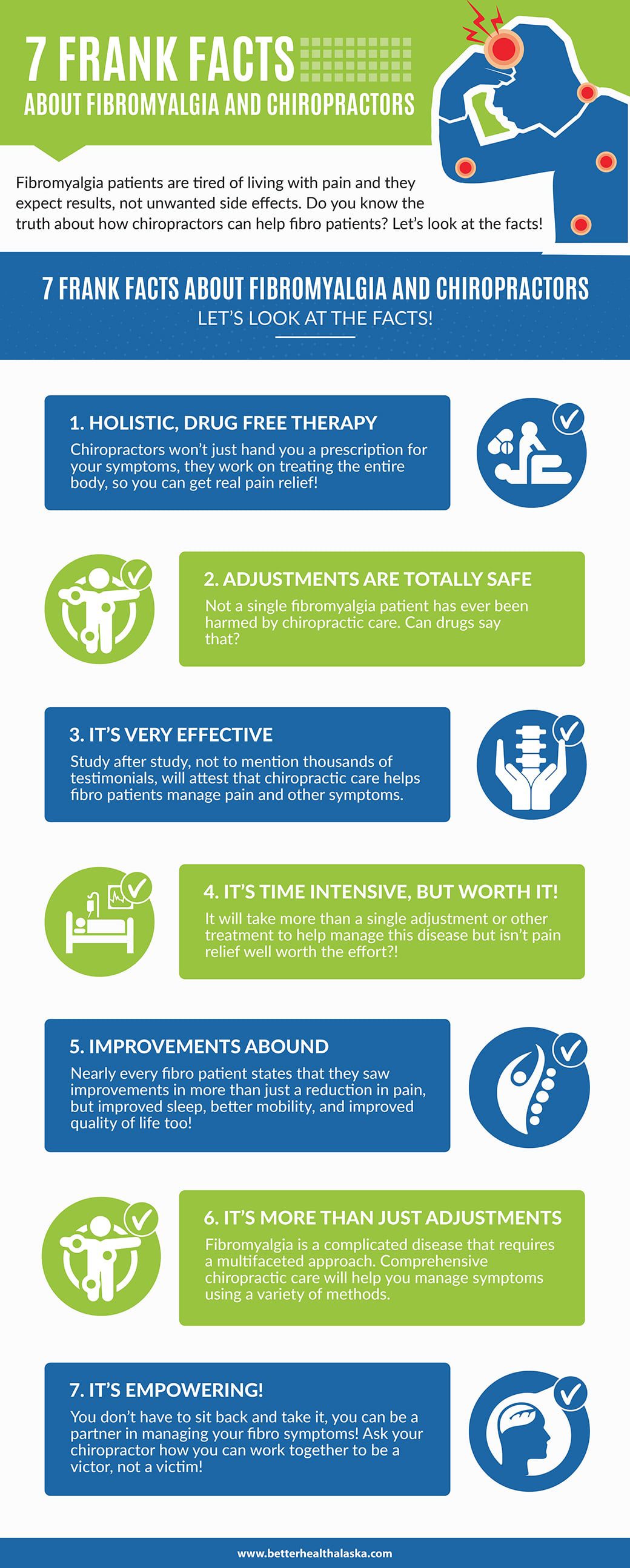Uncovering The Science Behind Cold Laser Therapy: Examining Its Devices And Ramifications
Uncovering The Science Behind Cold Laser Therapy: Examining Its Devices And Ramifications
Blog Article
Staff Writer-Dougherty McIntosh
You may have become aware of cold laser therapy as an appealing therapy choice for different conditions, however have you ever questioned how it actually works with a mobile level? Recognizing the systems behind this treatment can shed light on its efficiency in advertising recovery and minimizing swelling. By exploring the science behind cold laser therapy, you'll gain understandings into the interesting ways in which light can affect cellular processes and help with tissue repair.
Just How Cold Laser Therapy Functions
To comprehend just how cold laser therapy functions, you require to understand the basic concepts of just how light power interacts with biological cells. Cold laser treatment, also called low-level laser therapy (LLLT), utilizes details wavelengths of light to pass through the skin and target underlying cells. Unlike the extreme lasers used in surgical procedures, cold lasers discharge low levels of light that do not create warm or trigger damage to the tissues.
When these mild light waves get to the cells, they're soaked up by elements called chromophores, such as cytochrome c oxidase in mitochondria. This absorption triggers a series of organic reactions, consisting of raised mobile energy production and the release of nitric oxide, which enhances blood circulation and lowers inflammation.
Moreover, Read Home can additionally stimulate the manufacturing of adenosine triphosphate (ATP), the energy money of cells, assisting in mobile repair and regrowth processes.
Fundamentally, cold laser treatment takes advantage of the power of light power to advertise recovery and alleviate discomfort in a non-invasive and mild way.
Systems of Action
Exactly how does cold laser treatment actually work to generate its healing results on biological cells?
smokingmonroe , additionally known as low-level laser therapy (LLLT), runs through a process called photobiomodulation. When the cold laser is related to the skin, the light energy penetrates the tissues and is soaked up by chromophores within the cells.
These chromophores, such as cytochrome c oxidase in the mitochondria, are then promoted by the light power, bring about a waterfall of biological reactions. One essential system of action is the enhancement of mobile metabolic process.
The soaked up light power increases ATP manufacturing in the mitochondria, which is essential for cellular function and repair work. Furthermore, cold laser therapy aids to reduce swelling by hindering inflammatory arbitrators and promoting the release of anti-inflammatory cytokines.
This anti-inflammatory effect contributes to discomfort relief and cells recovery.
Restorative Results
Comprehending the healing impacts of cold laser treatment involves identifying how the boosted mobile metabolic process and anti-inflammatory residential or commercial properties contribute to its positive end results on biological tissues.
When the cold laser is related to the affected location, it boosts the mitochondria within the cells, bring about increased manufacturing of adenosine triphosphate (ATP), which is crucial for mobile function and repair work. This boost in mobile power accelerates the recovery process by advertising tissue regrowth and lowering inflammation.
In addition, the anti-inflammatory buildings of cold laser treatment help to decrease pain and swelling in the targeted area. By hindering inflammatory conciliators and advertising the release of anti-inflammatory cytokines, cold laser therapy help in reducing discomfort and improving the overall recovery response.
This reduction in swelling not just provides prompt relief however additionally supports long-term tissue repair work.
Final thought
To conclude, cold laser treatment works by stimulating mobile repair work and tissue regrowth via photobiomodulation. Its anti-inflammatory buildings supply discomfort relief and reduce swelling by inhibiting inflammatory conciliators.
This therapy supplies a detailed approach to healing, supplying both prompt alleviation and long-lasting tissue fixing advantages.
With its mechanisms of activity, cold laser therapy confirms to be an effective and appealing therapy choice for a variety of conditions.
